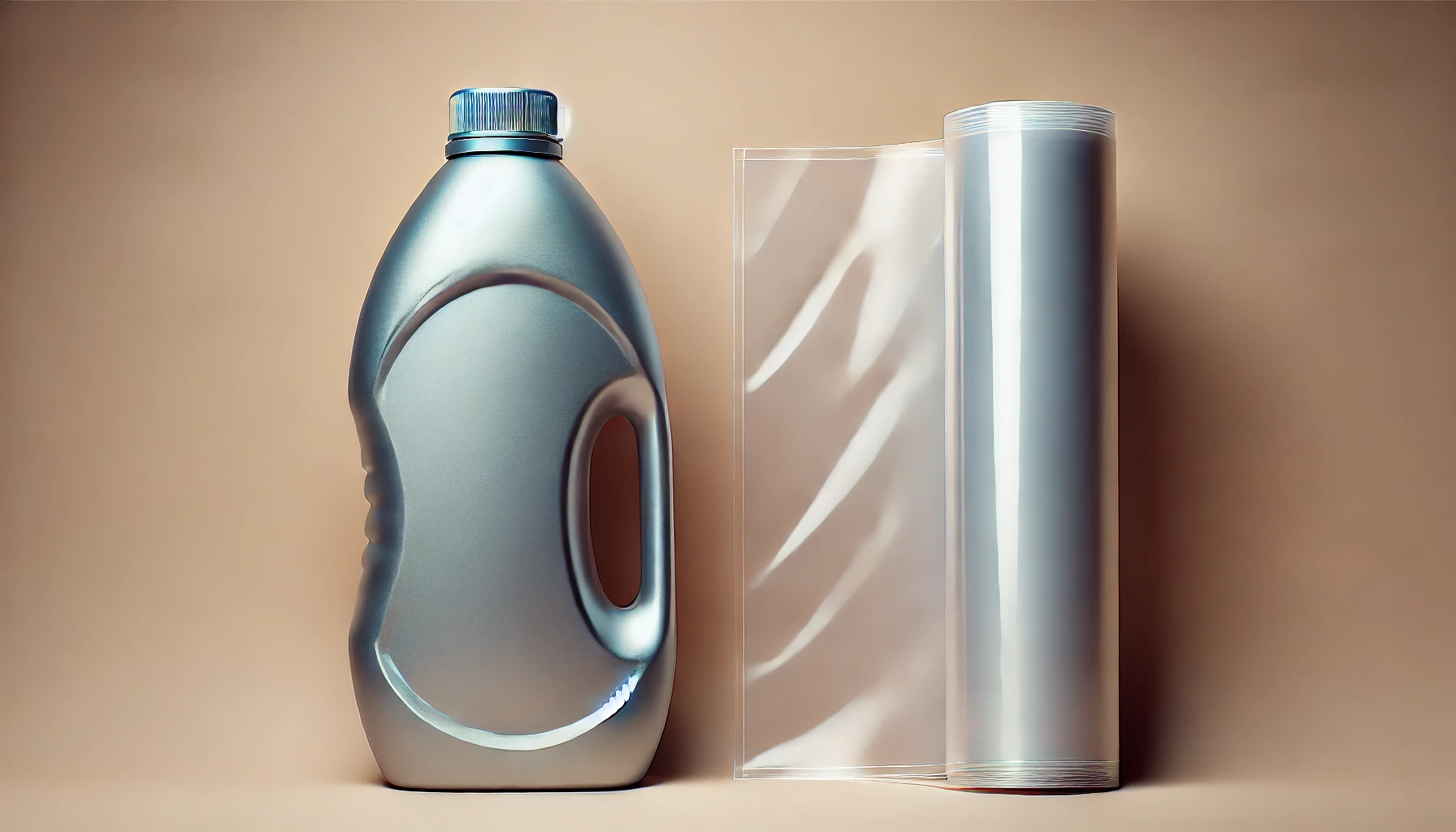In the vast universe of plastics, two stars shine with particular prominence: Low-Density Polyethylene (LDPE) and High-Density Polyethylene (HDPE). These materials, omnipresent in our daily lives, from the bottles that hold our water to the bags that carry our groceries, possess unique characteristics that make them suitable for various applications. Yet, despite their common polyethylene ancestry, LDPE and HDPE exhibit distinct differences that define their roles in the world of materials. Let’s embark on a journey to unravel the mysteries of LDPE and HDPE, shedding light on their similarities and differences, and understanding their significance in our modern world.
The Core Similarities Between LDPE and HDPE
Before diving into the contrasts, it’s crucial to acknowledge the common ground shared by LDPE and HDPE. Both materials are derivatives of polyethylene, a polymer made from the polymerization of ethylene molecules. This shared lineage bestows upon them several key similarities:
- Chemical Resistance: Both LDPE and HDPE boast excellent resistance to a wide range of chemicals, making them ideal for packaging applications that require protection against corrosive substances.
- Recyclability: In the age of environmental consciousness, the recyclability of LDPE and HDPE stands out. Both materials can be recycled, although the recycling rates and methods may vary.
- Non-Toxicity: Safety first! LDPE and HDPE are non-toxic, making them safe for use in food packaging and other applications that come into direct contact with humans.
- Durability: Despite their differences in density, both LDPE and HDPE are known for their durability and strength, capable of withstanding various environmental conditions without degrading.
- Versatility: The applications of LDPE and HDPE are vast and varied, thanks to their adaptable nature. From containers and bottles to films and bags, these polymers are used in countless products around us.
Diving Into the Differences: LDPE vs. HDPE
While LDPE and HDPE share a polyethylene heritage, their paths diverge when it comes to their physical and chemical properties, leading to different applications and uses.
- Density and Strength: The clue’s in the name! LDPE (Low-Density Polyethylene) has a lower density compared to HDPE (High-Density Polyethylene). This difference in density results in LDPE being more flexible and less rigid than HDPE, making LDPE ideal for applications like plastic bags and film wraps. On the other hand, HDPE’s higher density lends it greater strength and rigidity, perfect for heavy-duty containers and pipes.
- Temperature Resistance: HDPE outshines LDPE in temperature resistance. HDPE can withstand higher temperatures, making it suitable for applications that involve heat exposure, such as dishwasher-safe containers and high-strength piping systems.
- Transparency: LDPE generally offers better transparency than HDPE, which is more opaque. This makes LDPE a better choice for applications where visibility of the contents is important, such as food packaging and storage bags.
- Processing Techniques: The processing methods for LDPE and HDPE also differ. LDPE is typically processed using high pressure, while HDPE processing involves low pressure. These differences in processing contribute to the distinct characteristics of the final products.
- Environmental Impact: Although both LDPE and HDPE are recyclable, their environmental footprints differ. HDPE’s higher density means it often has a slightly higher environmental impact in terms of production and disposal. However, advancements in recycling technologies are helping to mitigate these differences.
The Verdict: LDPE vs. HDPE
In the end, the choice between LDPE and HDPE boils down to the specific requirements of the application. LDPE, with its flexibility and lower strength, is the go-to for lightweight, flexible packaging needs. HDPE, boasting higher strength and temperature resistance, is preferred for more robust applications requiring durability and heat resistance.
Understanding the similarities and differences between LDPE and HDPE not only enriches our knowledge of materials science but also empowers us to make informed decisions when selecting materials for specific applications. As we continue to innovate and seek sustainable solutions, the roles of LDPE and HDPE in our lives are likely to evolve, reflecting our changing needs and environmental responsibilities.
In the realm of plastics, LDPE and HDPE stand as testament to the versatility and adaptability of polyethylene polymers. By appreciating their unique characteristics, we can harness their potential to the fullest, contributing to a world where materials are chosen not just for their performance, but for their impact on our planet and future.



